7 Stocks to Own in a Volatile Market
Investing for more than 50 years, Warren Buffett has made a fortune on everything from bank stocks to shares of a Chinese battery maker.


Investing for more than 50 years, Warren Buffett has made a fortune on everything from bank stocks to shares of a Chinese battery maker. But if there’s one thing he always looks for, it’s businesses with a so-called wide economic moat.
Whatever the industry, companies that prosper over the long term tend to have defenses around their business that protect their profits and shield them from competitors. These barricades could be the advantage of low costs, a dominant brand or service, or steep barriers to entering a business—anything that helps a company maintain its financial edge and keep profits afloat.
Of course, few moats are permanently impregnable, making it critical to find companies with sustainable, long-term advantages. If a business constantly needs to reinvent itself to survive, or if it operates in an industry that’s deteriorating (think coal and some other commodities), a moat may offer scant protection. As Buffett puts it, “A moat that must be continually rebuilt will eventually be no moat at all.”
Today, investing in fortress-like companies seems prudent. While these defenses can't protect them from all economic downdrafts or a broad stock-market decline, wide-moat companies, including our seven picks, should be more stable and suffer less collateral damage than weaker rivals.
All returns, share prices and related data are as of January 22; price-earnings ratios are based on estimated earnings for the next four quarters.
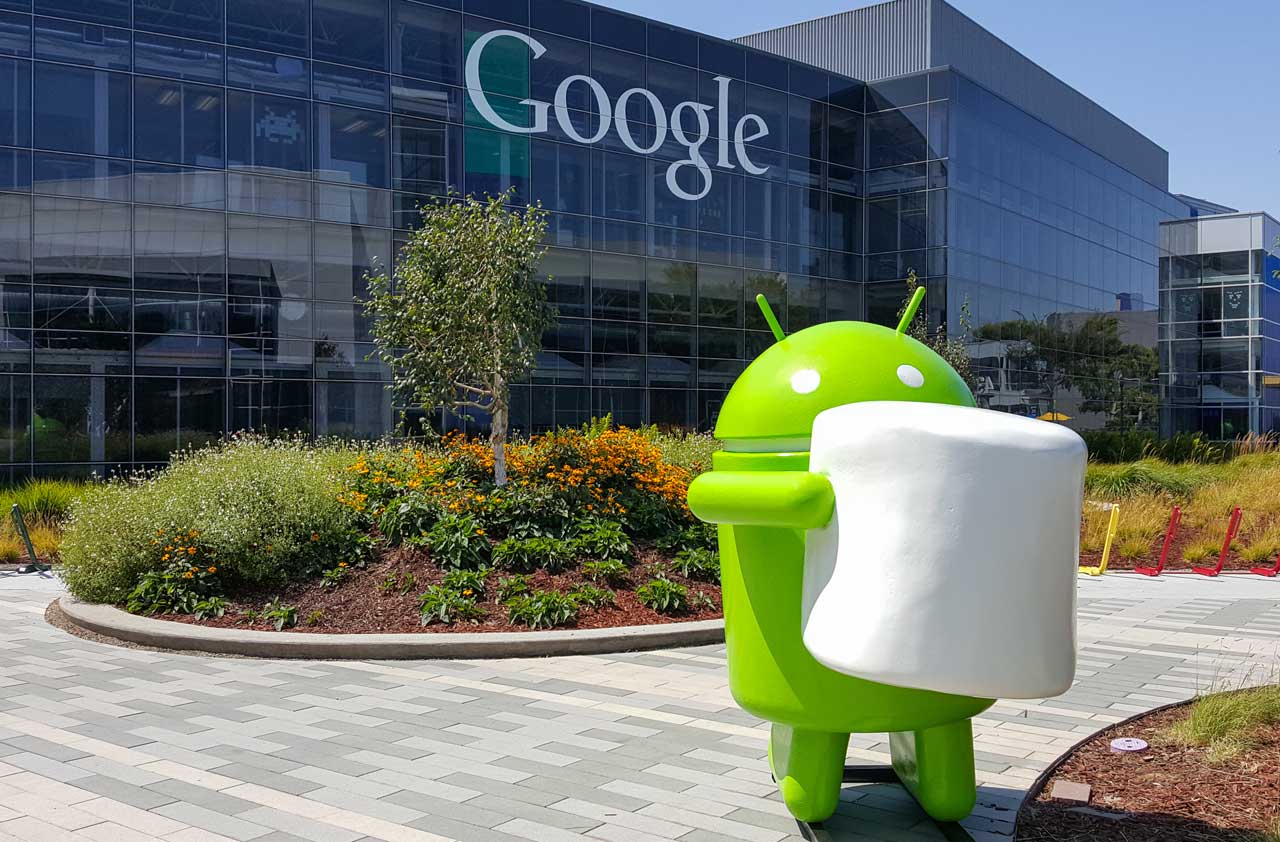
Alphabet
- 52-week range: $503.48-$798.69Market capitalization: $512.7 billionAnnual sales: $86.1 billionEstimated 2015 earnings per share: $28.99Estimated 2016 earnings per share: $34.25Price-earnings ratio: 22
- SEE ALSO: What Are the Hedge Fund Masters of the Universe Buying?
Google’s parent company, Alphabet (GOOGL, $745.46), now includes everything from self-driving cars to “smart home” energy products. At its core, though, Alphabet has erected a fortress around two giant parts of the tech world: mobile devices and digital advertising. Despite stiff competition, Alphabet has tightened its grip in these areas. Launched in 2007, its Android operating system now powers an astounding 85% of mobile devices around the world, creating a platform for Google to sell more ads, map services and apps. Google is also winning the race for digital ads, taking an estimated 54 cents of every search-related ad dollar in 2015 and nearly 13% of digital ads in total, according to research firm eMarketer.
One of the FANGs—along with Facebook (FB), Amazon.com (AMZN) and Netflix (NFLX)—that led the stock market in 2015, shares of Alphabet (nee Google) have gained 39% over the past year. Analysts see the company earning $34.25 per share in 2016, up 18% from 2015. The stock trades at 22 times that estimate, a reasonable price-earnings ratio relative to expected earnings growth.

American Tower
- 52-week range: $86.21-$104.12Market capitalization: $39.5 billionAnnual sales: $5.3 billionEstimated 2015 earnings per share: $1.49Estimated 2016 earnings per share: $2.42Price-earnings ratio: 17*
- SEE ALSO: 5 Great REITs with Attractive Yields
Cell phone towers may be eyesores. But they rake in cash for American Tower (AMT, $93.25), the largest owner of such structures in the U.S. With a locked-in customer base of major telecom companies, American Tower doesn’t lose tenants often. Telecom firms sign multiyear leases to put antennas and other equipment on towers, which relay calls and wireless data. Once settled in, firms rarely remove their equipment because it’s usually too costly to switch to another tower.
American Tower borrows heavily to fund its business and could see profit margins slide if interest rates climb, driving up its debt expenses. Yet the firm, which is set up as a real estate investment trust, can raise rents modestly on its tenants. Business is thriving in countries such as Brazil and India, where mobile communications are taking off. Although the stock yields just 2.1%, American Tower aims to raise its dividend at a 20% annual clip in coming years. (As a REIT, the firm must pay out 90% of pretax income as dividends.) With rental income climbing steadily, the stock should deliver average annual returns in the “mid teen” percentages over the next five years, says David Rainey, comanager of the Hennessy Focus Fund.
* The P/E ratio for American Towers is based on price-to-funds from operations, a REIT industry standard that adds back depreciation and amortization to earnings.
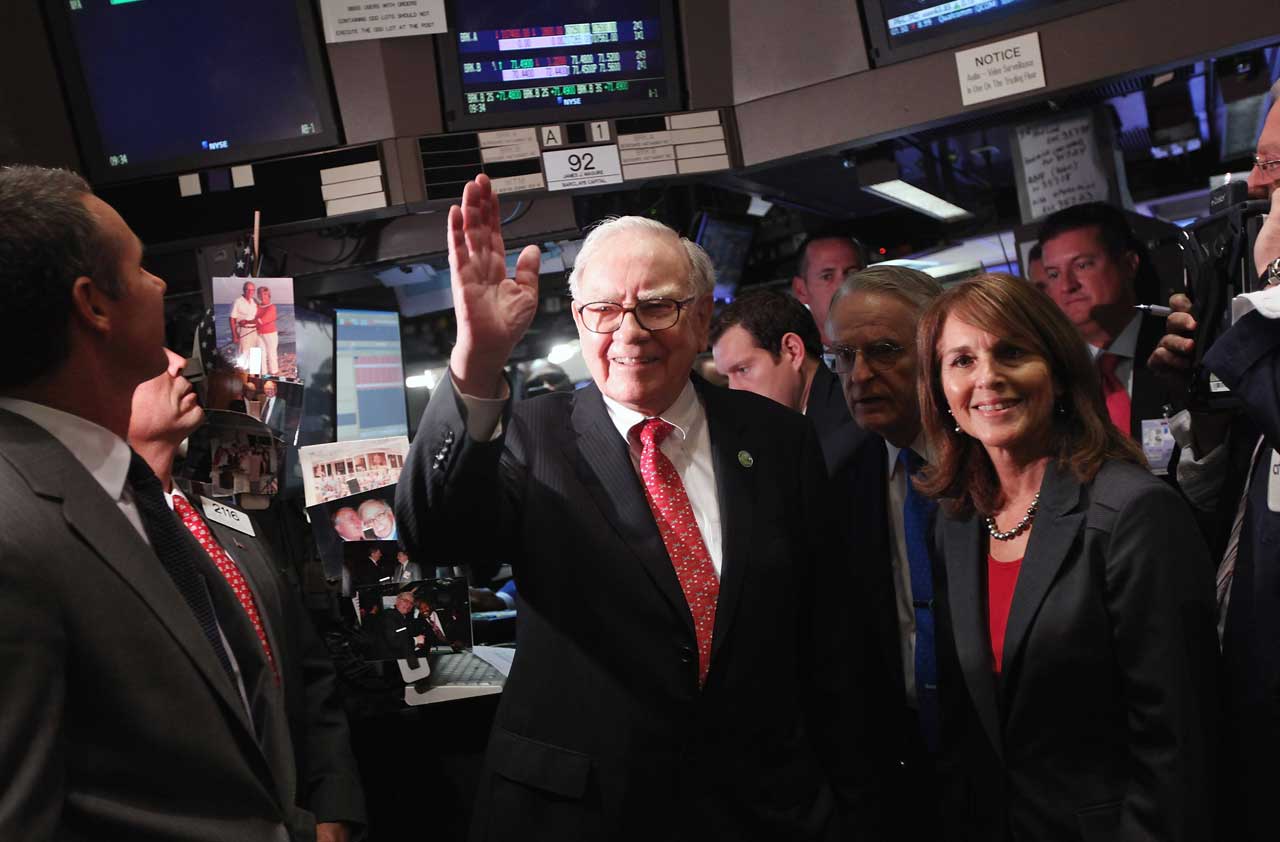
Berkshire Hathaway
- 52-week range: $124.04-$151.63Market capitalization: $313.2 billionAnnual sales: $226 billionEstimated 2015 earnings per share: $6.90Estimated 2016 earnings per share: $8.29Price-earnings ratio: 15
- SEE ALSO: The Dumbest Investments Warren Buffett Ever Made
Run by the maestro of moats himself, Berkshire (BRK.B, $127.04) combines a portfolio of underlying stock investments with an empire of companies that Buffett has assembled, including Benjamin Moore Paints, Geico and Fruit of the Loom. Although Buffett takes a hands-off approach to the businesses, they earn piles of cash that he can dole out as he sees fit. Even after paying $23 billion in cash (plus $10 billion in debt) for aerospace parts maker Precision Castparts—a deal expected to close in the first quarter of 2016—Berkshire should still have more than $35 billion on hand for investments and acquisitions, estimates James Wilhelm, manager of the Touchstone Focused Fund.
Buffett’s stock picks haven’t all panned out; partly as a result, Berkshire’s stock has lost 15.4% over the past year, trailing the S&P 500 by about 10 percentage points. Investors may also fret that Buffett, now 85, may not run the company for many more years. But the stock looks cheap, trading at about 1.2 times book value (assets minus liabilities), Buffett’s preferred method for valuing his company’s shares. That’s just below the five-year average of 1.3 times book value and right around the price at which Buffett says the stock would be cheap enough for Berkshire to buy back its own shares. Wilhelm says the stock could hit $170 over the next two years, based on the value of its underlying businesses and stock investments. Other Berkshire fans, such as hedge fund manager Whitney Tilson, think the shares can appreciate by 45% over the next year.
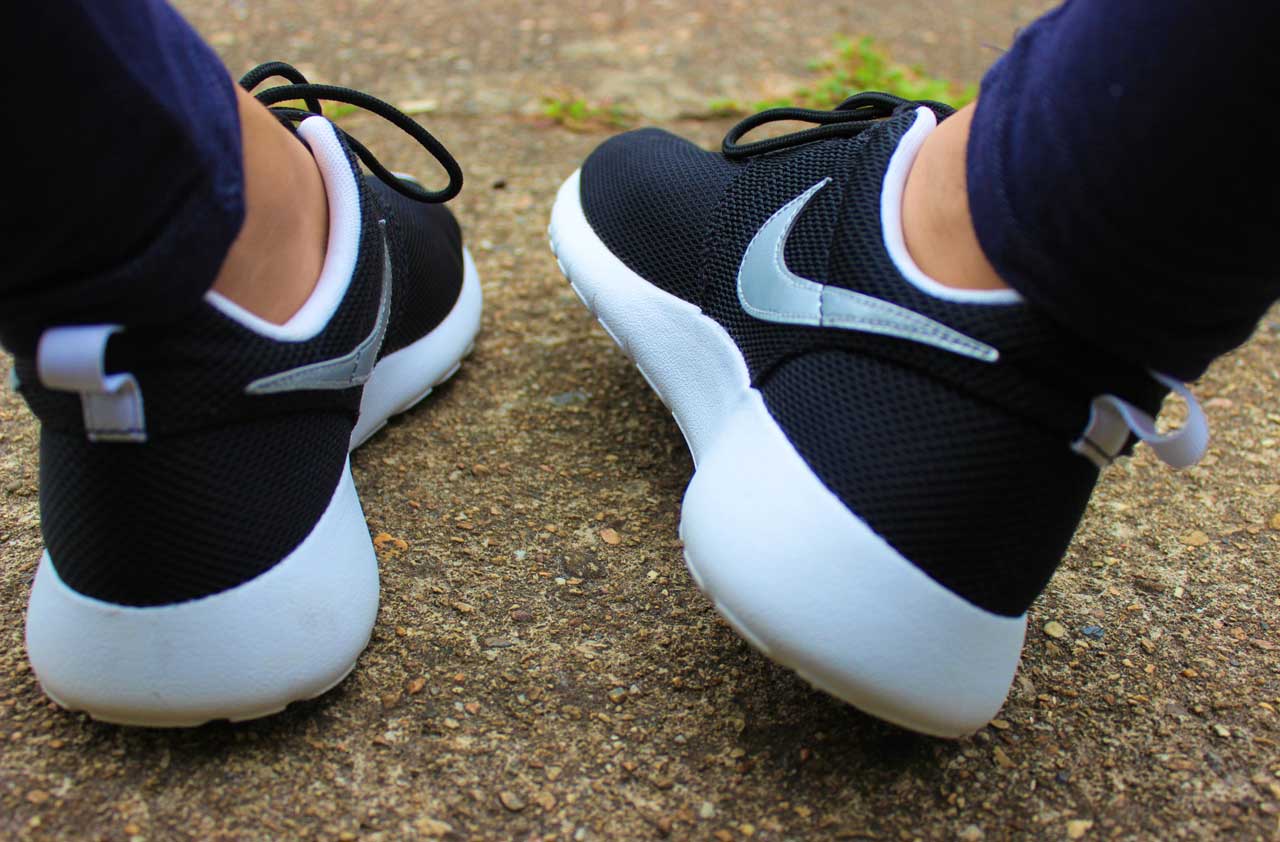
Nike
- 52-week range: $45.35-$68.19Market capitalization: $103.7 billionAnnual sales: $32.8 billionEarnings for fiscal year ended May 2015: $1.85/shareEstimated earnings for fiscal year ending May 2016: $2.15/sharePrice-earnings ratio: 27
LeBron, Kobe, Odell. Athletes known by their first names dominate Nike’s (NKE, $60.88) roster of stars pitching its shoes, clothing and other athletic gear. And they’re helping the swoosh brand scale new heights. Sales are surging in China, where revenues climbed 24% over the past two years, reaching $1.8 billion in the six-month period that ended in November 2015. Over the next four years, Nike aims to hit $50 billion in global sales, up from an estimated $32.8 billion in its fiscal year that ends this May. Profits are climbing, too, with analysts expecting earnings per share to jump 16% in the current fiscal year.
The knock on Nike stock is that it trades at a lofty 27 times estimated earnings for the next 12 months. Moreover, Nike earns more than half of its profits abroad, where weakness in foreign currencies is denting its earnings when translated to dollars. But Nike’s profit margins have been climbing. And the firm recently authorized a 14% dividend increase and $12 billion share buyback over the next four years—both signs that Nike’s new products and expansion plans are on the right track.
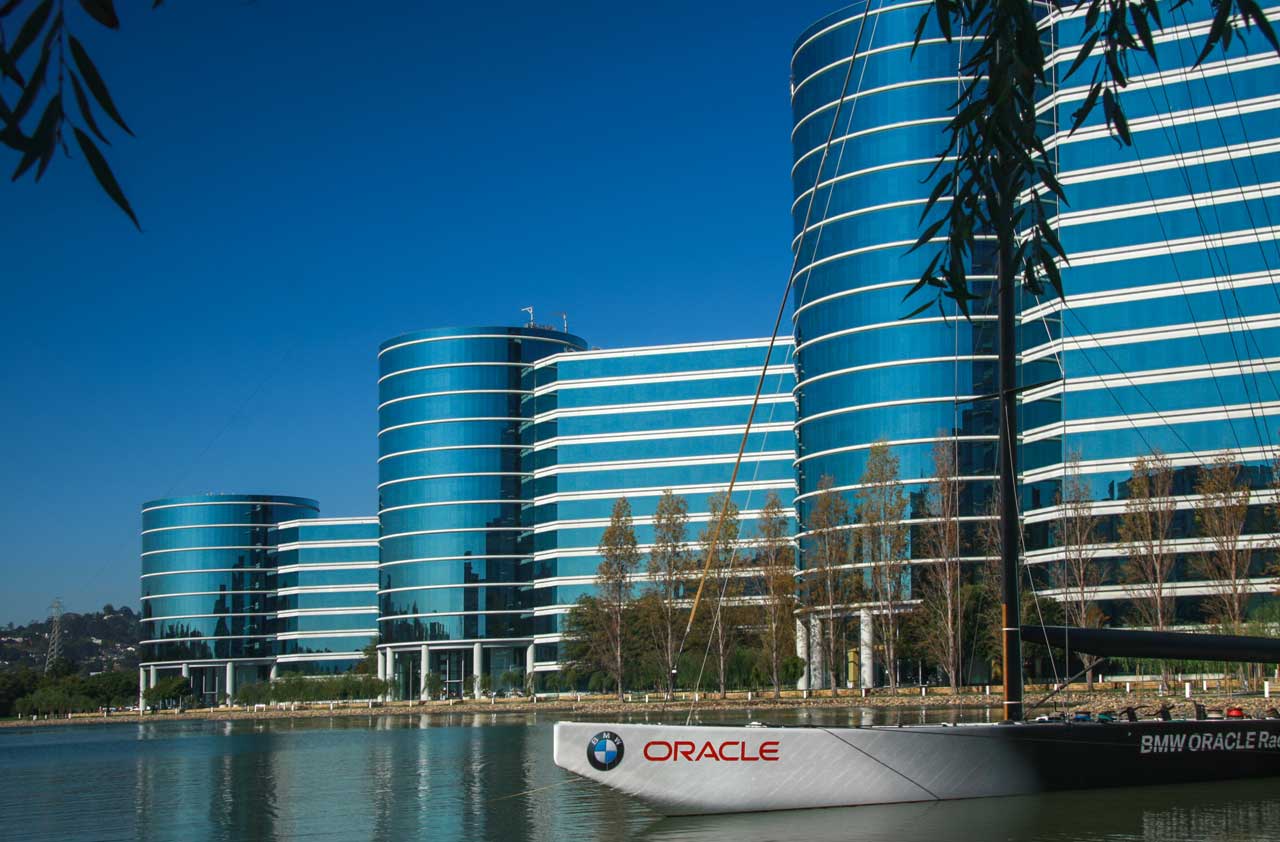
Oracle
- 52-week range: $33.13-$45.24Market capitalization: $146.2 billionAnnual sales: $37.3 billionEarnings for fiscal year ended May 2015: $2.77/shareEstimated earnings for fiscal year ending May 2016: $2.60/sharePrice-earnings ratio: 13
- SEE ALSO: 5 Best Tech Stocks for Dividends, No FANGs Required
Dominating the market for database software, Oracle (ORCL, $34.80) hauls in more than $37 billion a year from roughly 420,000 customers worldwide. Moats don’t get much bigger than that. But sales and profits have slumped because of the strong dollar. And Oracle’s fortress is buckling a bit. The firm must now compete against companies delivering software via subscription services through the “cloud,” cutting into Oracle’s model of selling big packages of hardware and software up front.
The bullish case for Oracle is that it isn’t sitting on its laurels. The firm is booking more cloud-based business, which now accounts for 7% of revenues but should become a much larger share in coming years. Sales of Oracle’s high-end hardware and business software products are gradually picking up. And the firm still makes plenty of money off its bread-and-butter database software and related products.
Oracle’s balance sheet swells with $54 billion in cash and short-term securities—money that it can use to reinvest in the business, increase its dividend or share buybacks, or snap up other companies. With the shares trading at 13 times estimated earnings, the stock looks like a bargain in comparison with other big software companies, says analyst Bill Kreher, of brokerage Edward Jones. “Oracle is making investments today that will eventually pay off,” he predicts.
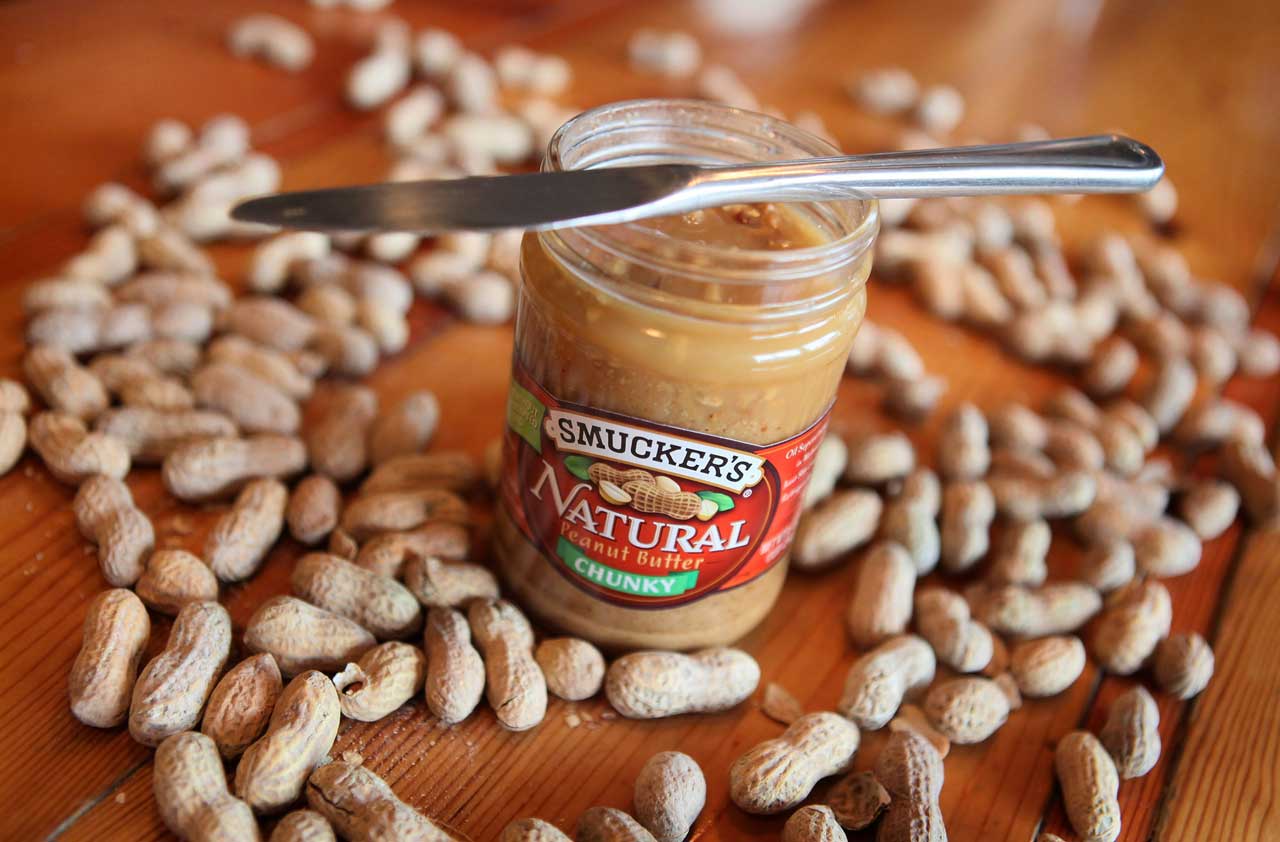
J.M. Smucker
- 52-week range: $101.88-$125.33Market capitalization: $14.7 billionAnnual sales: $7.9 billionEstimated earnings for fiscal year ending April 2016: $5.79/shareEstimated earnings for fiscal year ending April 2017: $6.43/sharePrice-earnings ratio: 20J.M. Smucker (SJM, $122.90) may be known for colorful jars of strawberry preserves. But the company has been swallowing other food brands, including Jif peanut butter, Folgers coffee and Meow Mix pet food. Acquisitions have lifted Smucker’s sales by an estimated 10% over the past three years, with revenues expected to hit $7.9 billion for the 12 months that end this April. Profit margins are also inching up as Smucker’s lowers manufacturing costs and uses its heft with retailers to expand sales of new products.
Smucker’s shares aren’t cheap, trading at 20 times estimated year-ahead earnings, 33% above the overall market’s P/E of 15. But Smucker’s earnings per share include some big noncash charges related to its acquisitions. Strip out those charges, says Timothy Fidler, comanager of Ariel Appreciation Fund, which invests in wide-moat stocks, and Smucker’s “cash earnings” should hit $7.35 a share in the 2017 fiscal year, about a buck per share higher than the average of analysts’ estimates. Based on measures such as price-to-sales, he adds, Smucker’s is one of the “few defensive stocks that’s both high-quality and attractively valued.”

Zoetis
- 52-week range: $37.73-$55.38Market capitalization: $21.6 billionAnnual sales: $4.8 billionEstimated 2015 earnings per share: $1.73Estimated 2016 earnings per share: $1.88Price-earnings ratio: 23Many people want organic meat these days. But farmers still need to use antibiotics and other medicines in animal feed to keep their livestock healthy. Despite government pressure in Europe and the U.S. to reduce antibiotic use, things look bright for Zoetis (ZTS, $43.40), which makes a range of animal-health products and dominates the industry, with $4.7 billion in 2015 sales, well ahead of its closest rival in animal drugs, Merck.
- SEE ALSO: How to Invest for the Coming Bear Market
Spun off from Pfizer (PFE) in 2013, Zoetis has developed multiple drugs that face scant competition. In 2009, the firm launched a novel vaccine for swine flu. In 2013, Zoetis came out with a drug to protect pigs from a type of pneumonia. Like medicines developed for humans, livestock drugs eventually lose patent protection. But farmers tend to stick with branded drugs, in part because their costs are relatively low in relation to animal feed and other production costs, and because farmers don’t want to risk a loss of animals with generic drugs that may not be as reliable.
Even with a slowdown in antibiotic use, analysts see Zoetis’s profits climbing by 5% in 2016. Although the stock isn’t cheap—trading at 23 times estimated 2016 earnings—the firm’s perch atop a steadily growing industry makes it a good long-term bet, says David Kalis, co-chief investment officer of Calamos Investments.
Profit and prosper with the best of Kiplinger's advice on investing, taxes, retirement, personal finance and much more. Delivered daily. Enter your email in the box and click Sign Me Up.

-
 Fed's Rate Cuts Could Have Impacts You Might Not Anticipate
Fed's Rate Cuts Could Have Impacts You Might Not AnticipateUnderstanding how lower interest rates could impact your wallet can help you determine the right financial moves to make.
-
 Past Performance Is Not Indicative of Your Adviser's Expertise
Past Performance Is Not Indicative of Your Adviser's ExpertiseMany people find a financial adviser by searching online or asking for referrals from friends or family. This can actually end up costing you big-time.
-
 I'm want to give my 3 grandkids $5K each for Christmas.
I'm want to give my 3 grandkids $5K each for Christmas.You're comfortably retired and want to give your grandkids a big Christmas check, but their parents are worried they might spend it all. We ask the pros for help.
-
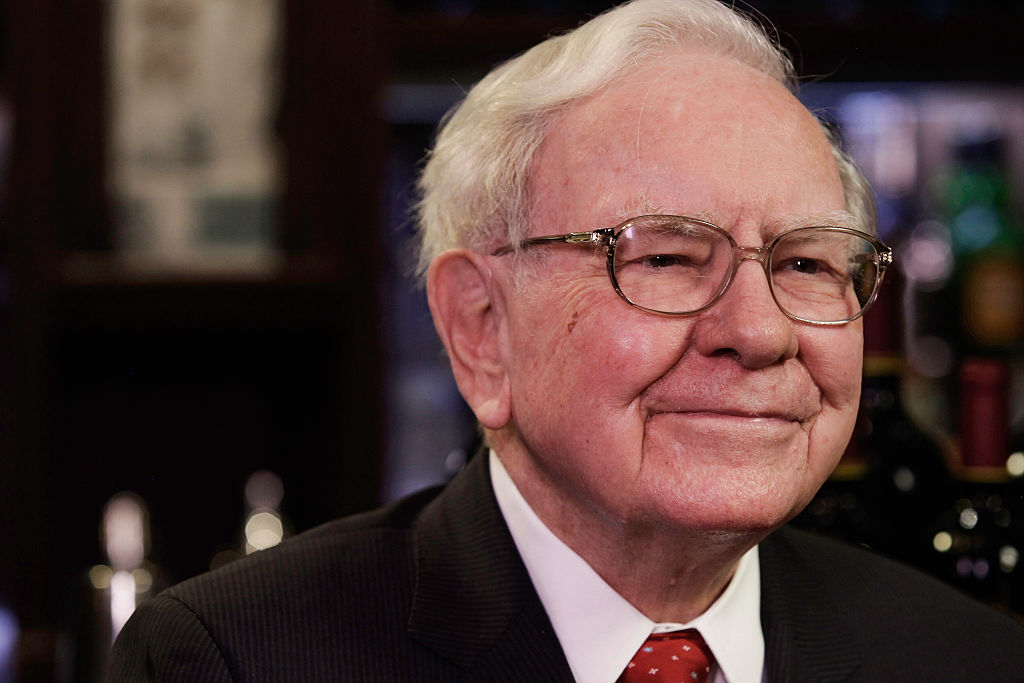 What Made Warren Buffett's Career So Remarkable
What Made Warren Buffett's Career So RemarkableWhat made the ‘Oracle of Omaha’ great, and who could be next as king or queen of investing?
-
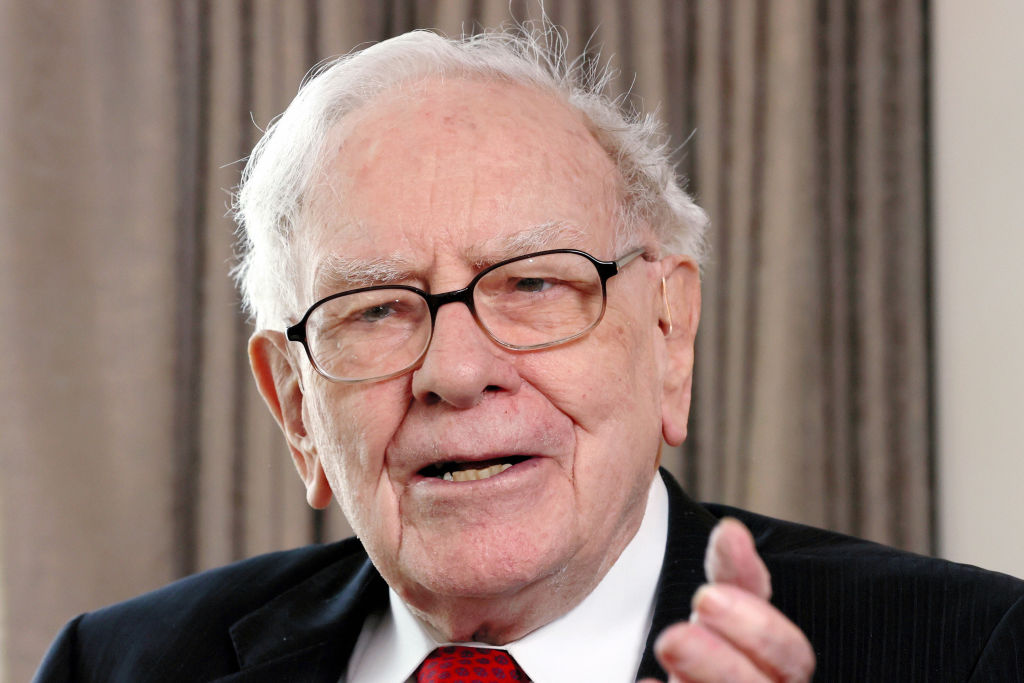 With Buffett Retiring, Should You Invest in a Berkshire Copycat?
With Buffett Retiring, Should You Invest in a Berkshire Copycat?Warren Buffett will step down at the end of this year. Should you explore one of a handful of Berkshire Hathaway clones or copycat funds?
-
 Stocks at New Highs as Shutdown Drags On: Stock Market Today
Stocks at New Highs as Shutdown Drags On: Stock Market TodayThe Nasdaq Composite, S&P 500 and Dow Jones Industrial Average all notched new record closes Thursday as tech stocks gained.
-
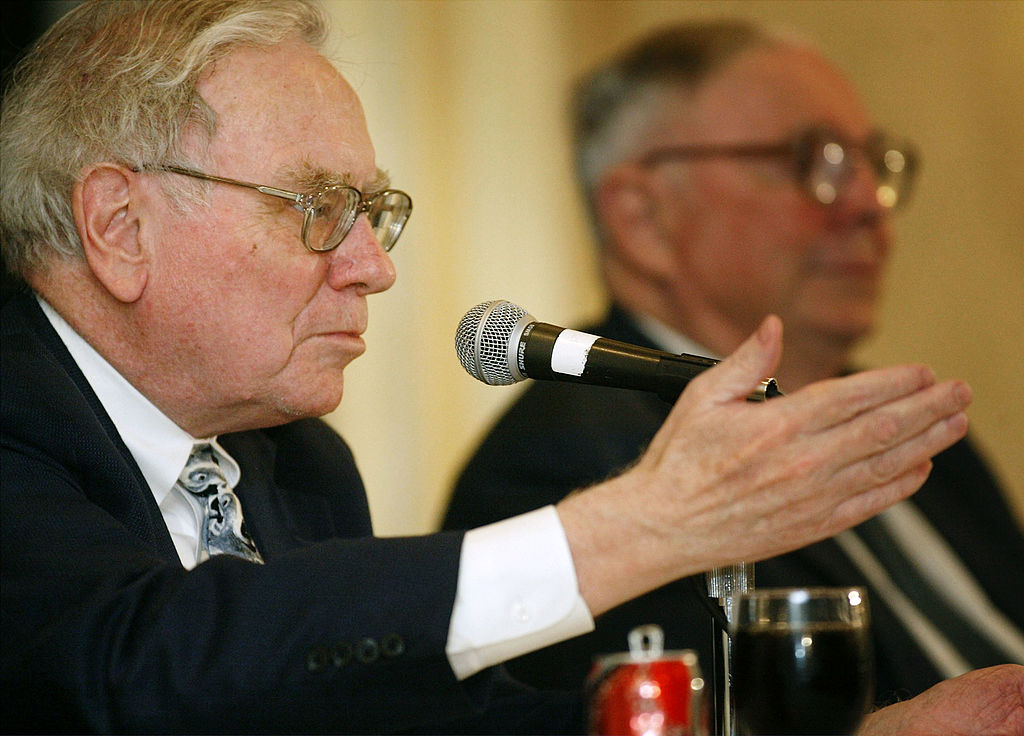 9 Warren Buffett Quotes for Investors to Live By
9 Warren Buffett Quotes for Investors to Live ByWarren Buffett transformed Berkshire Hathaway from a struggling textile firm to a sprawling conglomerate and investment vehicle. Here's how he did it.
-
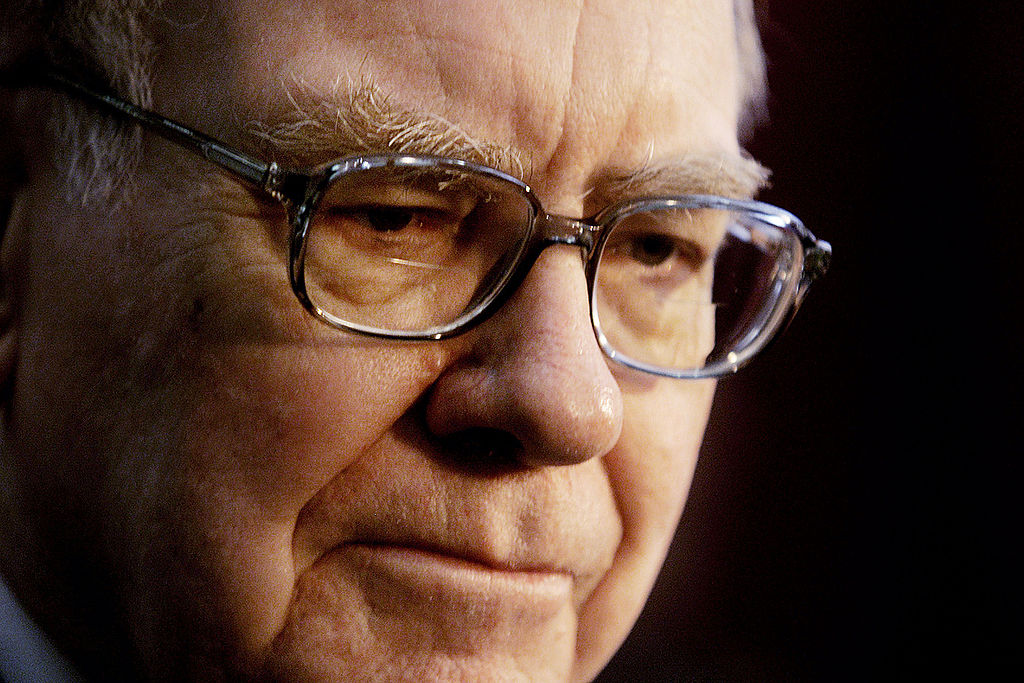 A Timeline of Warren Buffett's Life and Berkshire Hathaway
A Timeline of Warren Buffett's Life and Berkshire HathawayBuffett was the face of Berkshire Hathaway for 60 years. Here's a timeline of how he built the sprawling holding company and its outperforming equity portfolio.
-
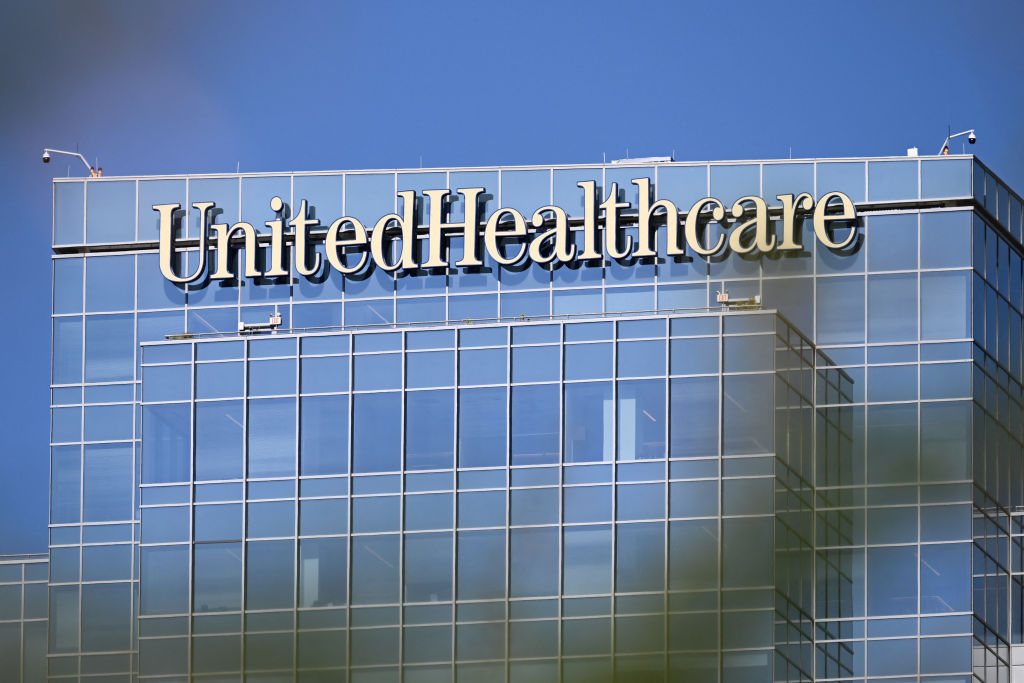 Berkshire Buys the Dip on UnitedHealth Group Stock. Should You?
Berkshire Buys the Dip on UnitedHealth Group Stock. Should You?Buffett & Co. picked up UnitedHealth stock on the cheap, with the embattled blue chip one of the newest holdings in the Berkshire Hathaway equity portfolio.
-
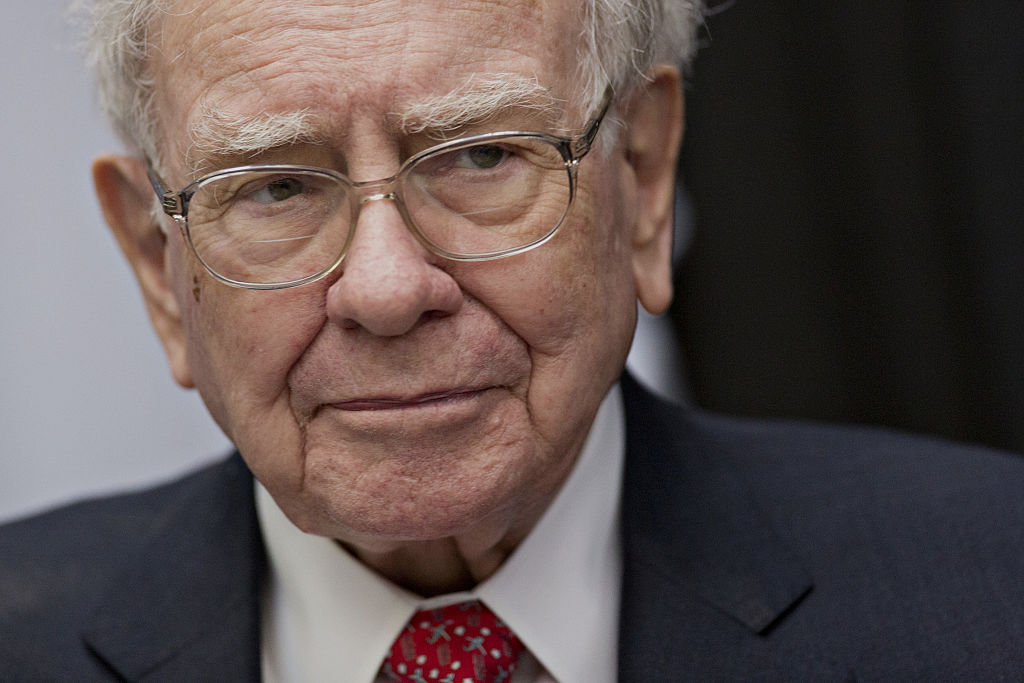 What Set Warren Buffett Apart
What Set Warren Buffett ApartAs Warren Buffett prepares for retirement, we reflect on what we've learned from his 60 years of leadership at Berkshire Hathaway.
-
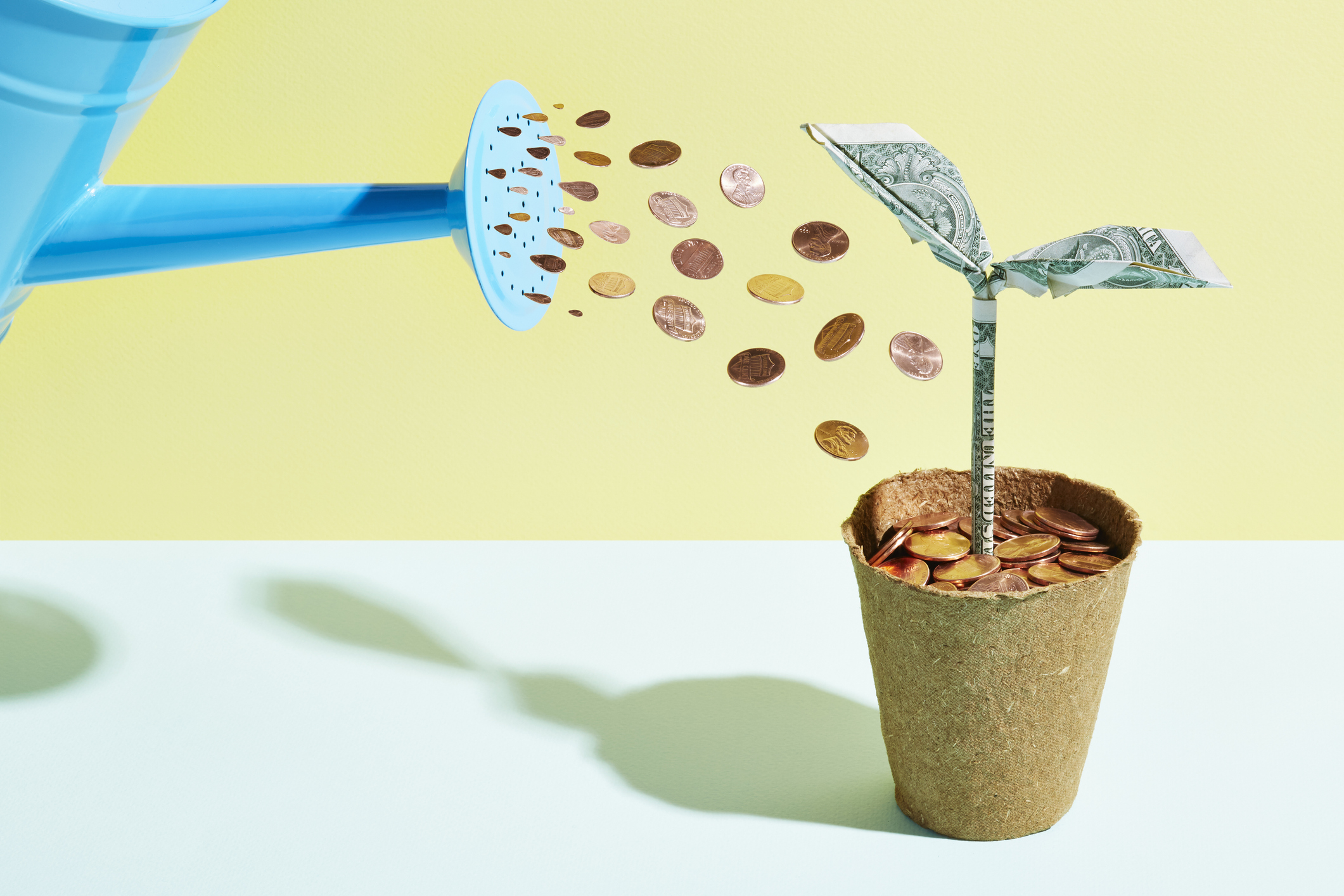 Value vs Growth Investing Isn't So Simple
Value vs Growth Investing Isn't So SimpleThe difference between growth and value stocks isn't black and white.
